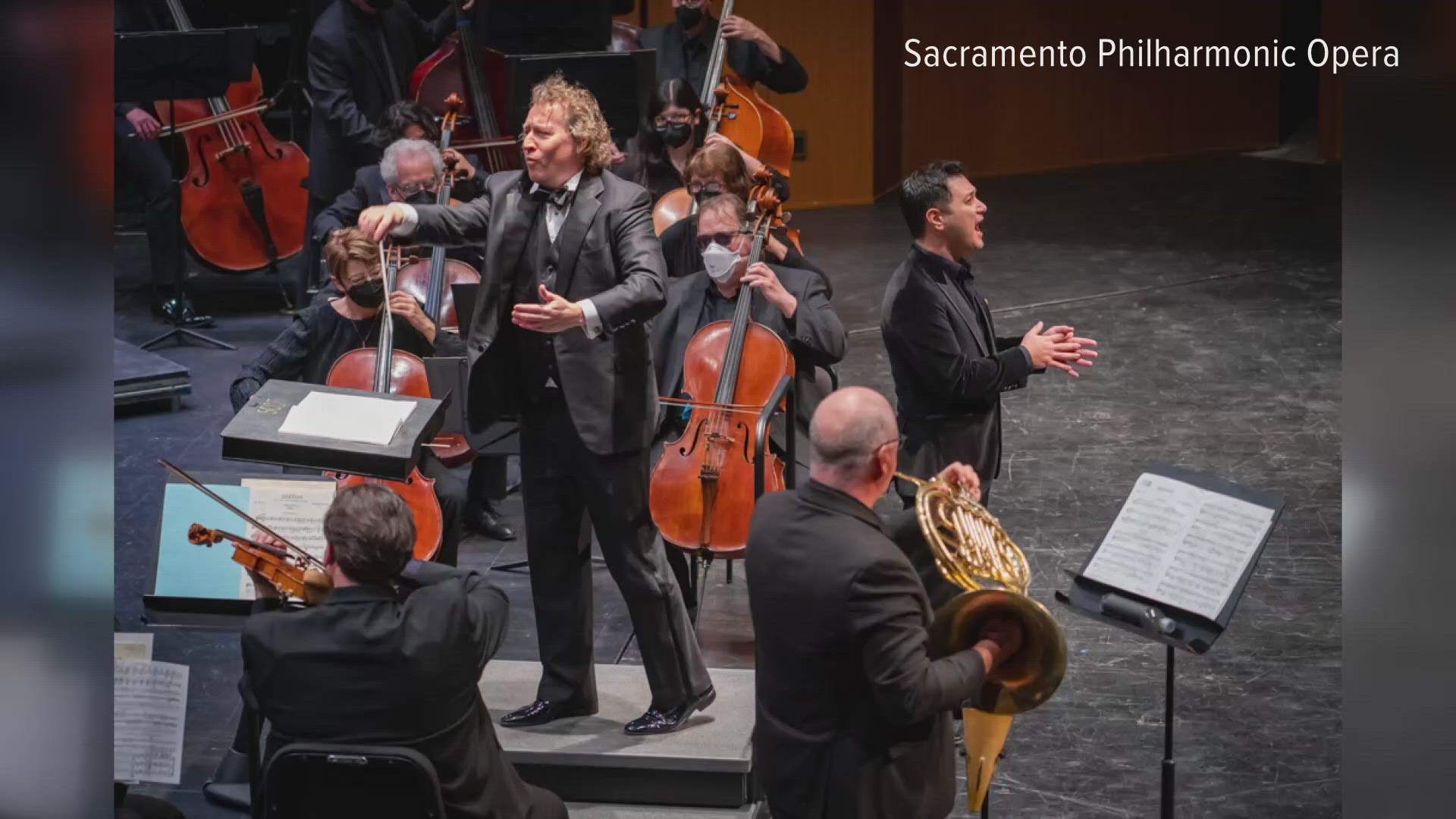Trailing snowboarding are sledding and hiking, researchers at the Centers for Disease Control and Prevention report in the journal Wilderness and Environmental Medicine.
The most common problems were broken bones and sprains, accounting for half of all cases. About 7 percent of ER visits were for concussions or other brain injuries.
"We want people to participate in outdoor recreational activities. But we want people to recognize that there's cause for concern and people can and do get injured," study co-author Arlene Greenspan said Tuesday.
She said injuries can be avoided through planning and preparation: making sure your fitness level and skills match the activity and using proper equipment like helmets.
Greenspan said the study is the first to look at injuries from all activities, instead of individual sports or geographic areas.
The researchers looked at data on nonfatal injuries from outdoor activities treated at 63 hospitals in 2004 and 2005. They calculated that almost 213,000 people annually were treated for such injuries nationwide. About half of those injured are young, between ages 10 and 24 and half of the injuries are caused by falls.
Males are injured at twice the rate of females, but the research didn't look at the reasons.
"It could be that males are more risky or it could be that males just participate more than females, or a combination of both," said Greenspan.
Nearly 26 percent of the injures were from snowboarding followed by sledding (11 percent); hiking (6 percent); mountain biking, personal watercraft, water skiing or tubing (4 percent); fishing (3 percent) and swimming (2 percent).
From his experience on ski patrols, "it makes perfect sense to me that snowboard injuries rank high," said Dr. Paul Auerbach, of Stanford School of Medicine.
Auerbach, who writes a blog on outdoor medicine, said such studies allow researchers to look for patterns in injuries that can be used in prevention programs. He's one of the founders of the Wilderness Medical Society, which publishes the journal.
"Some activities have risks and you can't take all the risks out of the wilderness," said Auerbach. "But what you'd like to do is take the unnecessary risk out."

